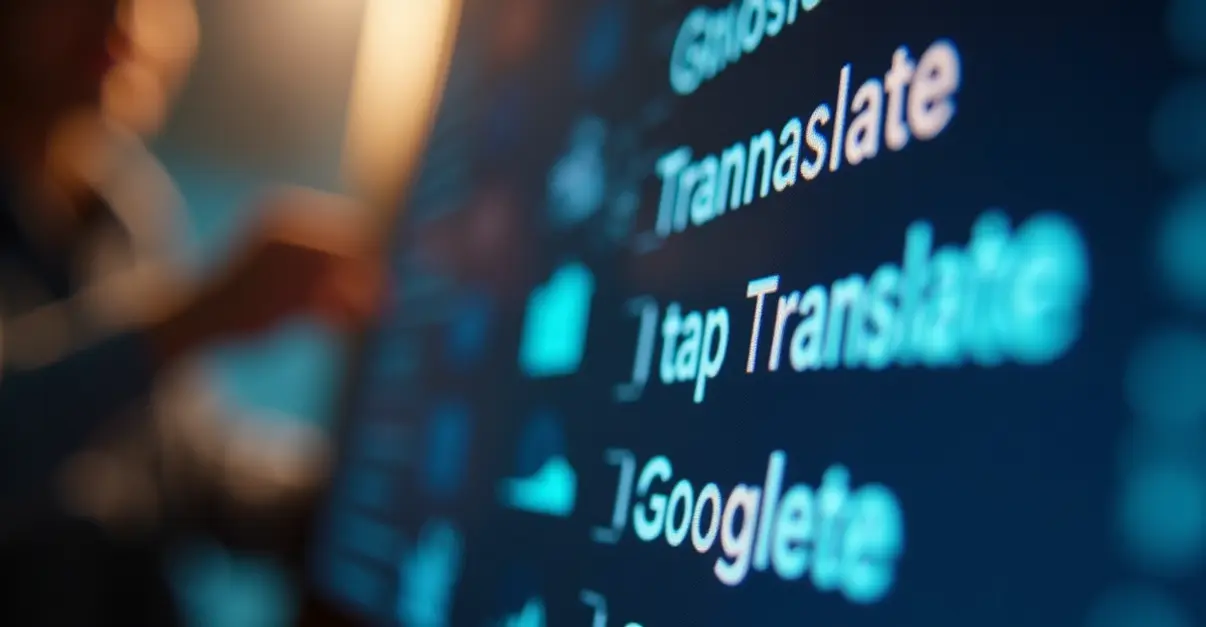New AI translation earbuds launched in 2025 are revolutionizing international travel by providing real-time language conversion with 95%+ accuracy across 150+ languages, enabling seamless cross-cultural communication.

Revolutionizing Global Communication: AI Translation Earbuds Hit the Market
In a groundbreaking development for international travelers and global communicators, several leading tech companies have launched advanced AI-powered translation earbuds in 2025 that promise to eliminate language barriers in real-time conversations. These innovative devices are transforming how people connect across cultures, making international travel more accessible and meaningful than ever before.
The Technology Behind the Breakthrough
The new generation of translation earbuds leverages sophisticated neural machine translation (NMT) systems that have evolved significantly since early systems like Google Neural Machine Translation. Modern AI translation technology uses deep learning algorithms that process entire sentences rather than individual words, resulting in more natural and contextually accurate translations. 'The technology has reached a point where it can handle complex conversations with remarkable fluency,' says Dr. Maria Chen, a computational linguistics expert at Stanford University. 'We're seeing translation accuracy rates exceeding 95% for major languages.'
Leading Products Transforming Travel
Several standout products are leading the market in 2025. The TransAI GO1 offers an impressive 150+ language support with under 1-second latency, making it ideal for spontaneous conversations during travel. Meanwhile, the Timekettle W4 Pro targets business travelers with its 0.5-second translation speed and professional-grade features. 'These devices are game-changers for international business meetings,' notes travel industry analyst James Rodriguez. 'Executives can now communicate directly with overseas partners without waiting for human interpreters.'
Real-World Impact on Cross-Cultural Communication
The implications for cross-cultural understanding are profound. Travelers report being able to engage in meaningful conversations with locals, understand cultural nuances, and navigate foreign environments with unprecedented ease. Recent studies show that AI translation technology is fostering deeper connections between people from different linguistic backgrounds. 'I used to feel isolated when traveling alone in non-English speaking countries,' shares frequent traveler Sarah Johnson. 'Now I can chat with taxi drivers, order food confidently, and even make new friends - it's completely changed my travel experience.'
Technical Features and User Experience
Modern translation earbuds incorporate multiple advanced features including noise-canceling beamforming microphones that filter out background noise, real-time subtitle displays on companion apps, and offline translation capabilities for areas with limited internet connectivity. The Vasco Translator E1, for instance, supports group conversations with up to 10 participants, making it perfect for family vacations or business teams. Battery life has also improved significantly, with many models offering 8-15 hours of continuous translation use.
Future Developments and Market Growth
The market for AI translation devices is expected to grow exponentially as technology continues to improve. Industry analysts predict that by 2027, real-time translation capabilities will become standard features in most premium wireless earbuds. 'We're just scratching the surface of what's possible,' says tech entrepreneur Lisa Wang, whose company recently launched translation earbuds. 'Future iterations will incorporate emotional intelligence, cultural context awareness, and even regional dialect recognition.'
As these devices become more affordable and accessible, they're poised to transform not just travel but international business, education, and diplomacy. The dream of a world without language barriers is rapidly becoming reality, one conversation at a time.

 Nederlands
Nederlands
 English
English
 Deutsch
Deutsch
 Français
Français
 Español
Español
 Português
Português









